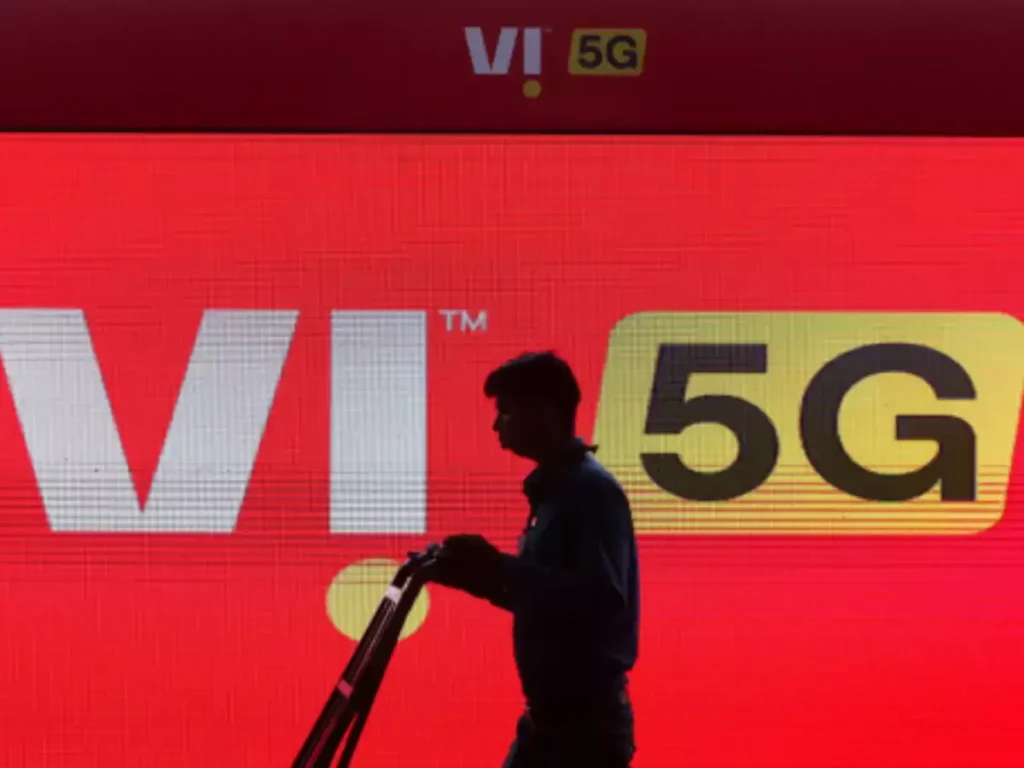Vodafone Idea Network Outage Resolved: Brief Disruption Affects Delhi NCR, Mumbai & Pune Users
On April 18, 2025, Vodafone Idea users in major cities like Delhi NCR, Mumbai, and Pune faced an unexpected network outage.Vodafone Idea quickly fixed the disruption, which was caused by a technical issue. While the interruption was brief, it underscored the dependency users have on mobile connectivity and raised concerns over the resilience of telecom infrastructure.

Timeline and Impact of the Outage
The issues began shortly after 12:30 AM, with users flooding complaint platforms like Down Detector. Cities including New Delhi, Gurgaon, Faridabad, Noida, Ghaziabad, Mumbai, and Pune were severely impacted. Many users reported either no signal or a complete network blackout. Down Detector recorded almost 1,940 reports at the height of the issue.
Data from Down Detector revealed that 71% of users reported complete signal loss, 21% experienced a total blackout, and 9% faced difficulties with mobile data services. This data clearly indicated the widespread disruption that affected a large number of Vodafone Idea customers.
Social Media Responses: Frustration from Users
As the issue unfolded, users quickly voiced their frustrations on social media. Many complained about the inconvenience caused by the outage, particularly given the reliance on mobile services for communication and internet access.
One user tweeted, “Important work calls are being missed because of Vodafone’s connectivity issue! This is getting out of hand!” Another expressed, “Can’t even check my balance or make a payment—this is unacceptable!”
Beyond the inconvenience, some users raised concerns about the longer-term ramifications of such outages on their daily routines, emphasizing the growing reliance on mobile networks for financial transactions, work, and more.
UPI Outage: A Similar Incident from Earlier
This outage wasn’t the only recent disruption to affect users in India. Just days prior, the Unified Payments Interface (UPI), a system that facilitates numerous digital transactions in India, had experienced a major failure. Popular digital payment services like Paytm, PhonePe, and Google Pay became inaccessible during this time, creating chaos for users who rely on these platforms for quick payments.
During the UPI outage, Down Detector recorded around 1,200 reports of service failures, illustrating the wide-ranging effect of the disruption. The sudden loss of access to essential financial services underscored the vulnerability of India’s growing digital infrastructure and prompted concerns about the resilience of such platforms, which many users rely on for routine transactions.
Causes of Network Failures: Understanding the Technical Aspects
While Vodafone Idea hasn’t yet revealed the specific cause of the outage, service disruptions often stem from technical issues like network maintenance, equipment failure, or overloading. Telecom companies are constantly updating and expanding their systems, but technical hiccups can still occur.
One potential reason for these disruptions is the ongoing rollout of 5G technology in India. As the country transitions to 5G, operators face challenges like limited spectrum availability compared to foreign counterparts. This limitation could strain network capacity, especially in high-demand areas.
Moreover, the initial phase of 5G deployment relies heavily on the existing 4G and LTE infrastructure, which may cause instability in some cases. Though 5G offers faster speeds and greater capacity, its integration with older systems can sometimes lead to service interruptions.
5G networks also depend on technologies like Network Function Virtualization (NFV) and Software-Defined Networking (SDN). These rely on widely used protocols, which cybercriminals can exploit. As India integrates more IoT devices with 5G networks, security vulnerabilities could further increase, as many IoT devices lack robust protection.
Addressing the Vulnerabilities: The Need for Stronger Telecom Infrastructure
The Vodafone Idea outage, although resolved, highlights the increasing need for reliable digital infrastructure. As India continues its push toward 5G and becomes more dependent on digital services, service providers must focus on building more resilient networks.
The key takeaway is that network providers need to prioritize system upgrades and security to prevent frequent outages. In the long run, telecom companies should invest in more reliable, secure, and stable systems to ensure smooth service delivery.
Government oversight will also play an essential role in ensuring that telecom companies maintain a high standard of service reliability. As digital services continue to dominate daily life, the country must ensure that its telecom infrastructure can withstand the growing demands of a digital-first society.
Conclusion: The Growing Importance of Digital Service Reliability
As India’s mobile networks and digital platforms become central to work, communication, and financial transactions, ensuring that these services remain uninterrupted is vital. The brief outage on April 18, 2025, illustrates the vulnerabilities in the current system and the need for continuous improvement.
As India progresses with the 5G rollout, service providers must address both technical and security challenges to keep users connected. Stronger, more resilient networks will be crucial for the future success of India’s digital economy and for maintaining user trust in these essential services.






